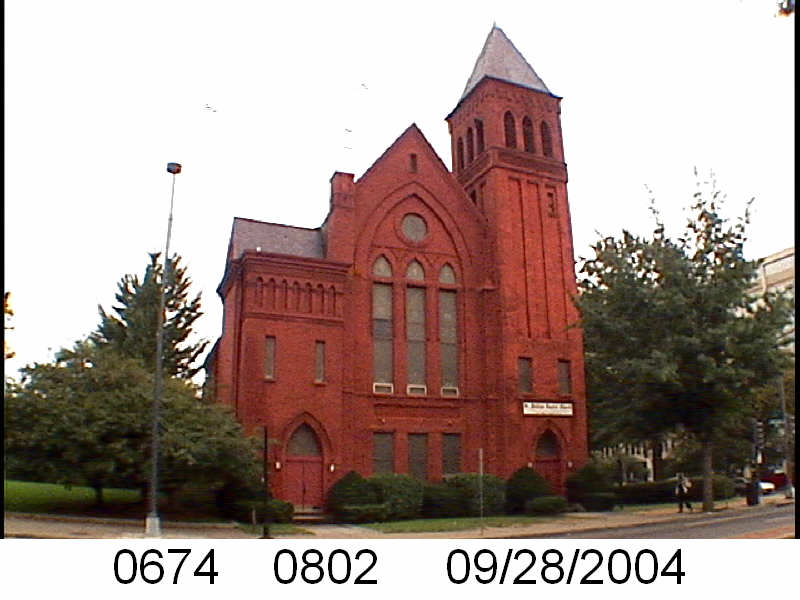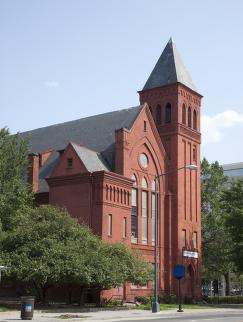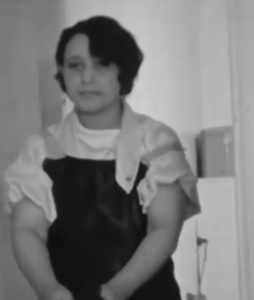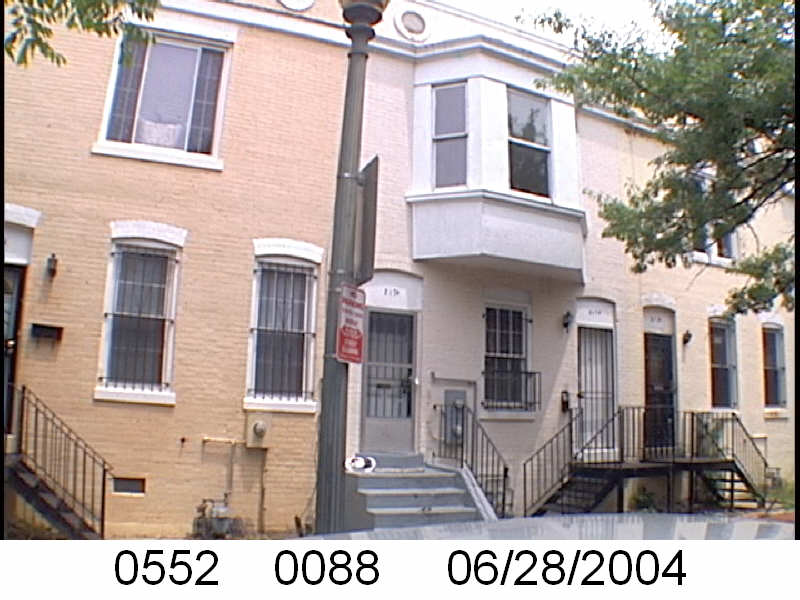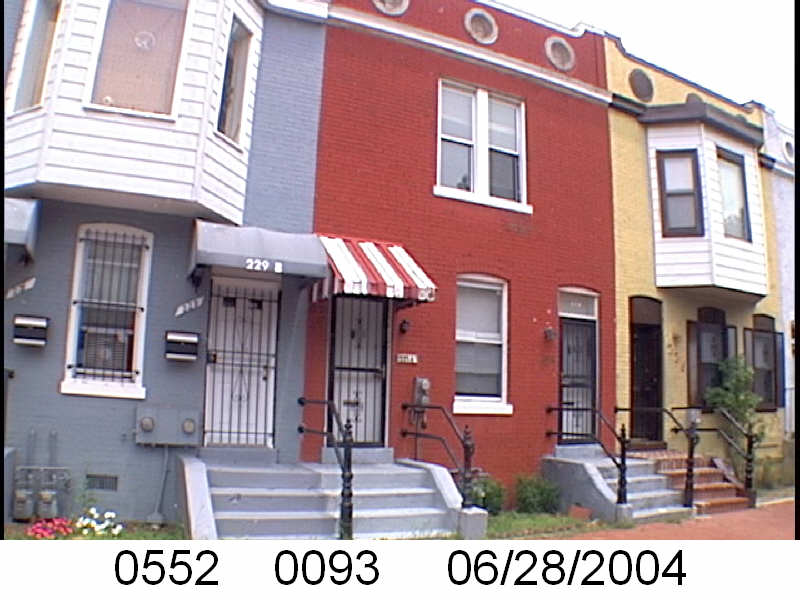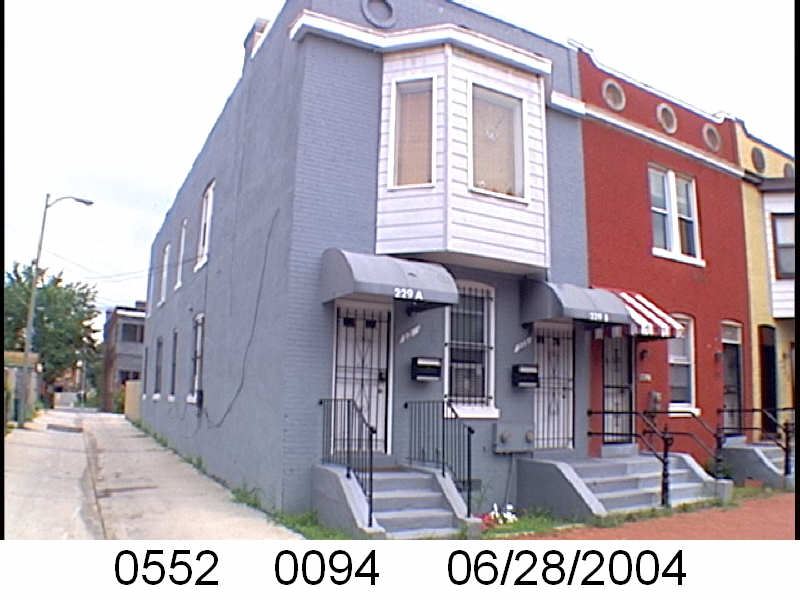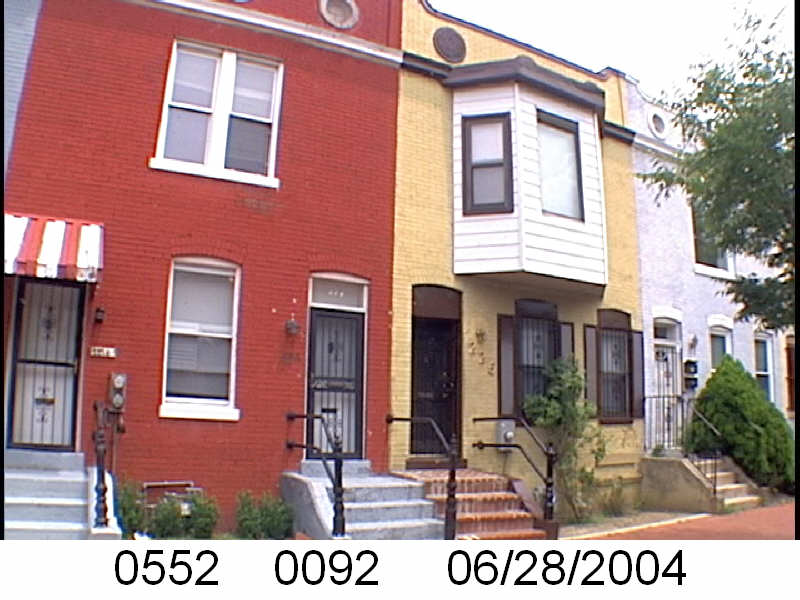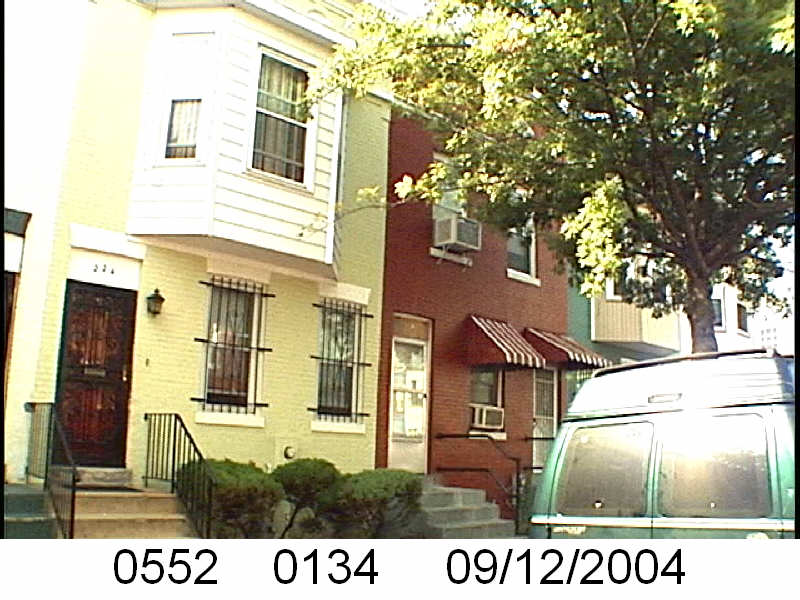I’m going to try something. Sometimes I find interesting information just plugging in an address. So I have searched “137 Bates” a Washington Sanitary Improvement rental and looked to see what popped up.
These are in chronological order. Make your own story of them.
Classified Ad-Situations Wanted Male- AM LOOKING FOR A POSITION STRONG AND healthy- Willing. 137 Bates St. nw. The Washington Post (1877-1922), Mar 22 1907, p. 14.
Hold for Attack on Child– The Washington Post (1877-1922) 24 Dec 1907, p. 4. Frank R. Riley of 137 Bates St NW was jailed for attacking 10 year old Mary Butler of 1303 Klinkers Ct NW.
Thinks Strange man Robbed Them– Evening Star 19 Feb 1909. Frank R. Riley of 137 Bates NW was robbed at 2nd and East Cap Sts.
Tired of Living- Frank Riley Drank Laudanum with Suicidal Intent– Evening Star 21 Feb. 1909. Frank Riley’s sister found him and he went to the hospital.
Once Kidnapped Now He Is At Vera Cruz– The Washington Herald 07 May 1914. George Nelson Miller, 20, of 137 Bates NW, was a coalpasser aboard the Florida at Vera Cruz. His mother was Mrs. Margie M. Johnson, also of 137 Bates NW.
Classified Ad- CARD CASE– The Washington Times 10 Aug. 1922. G.N. Miller lost documents on the steamer St. Johns.
St. Agnes Basketers– Evening Star 22 Feb. 1923. Basketball club contact address.
Herald’s Sandlot Directory- Midgets– The Washington Times, 01 April 1923. ;The Washington Times 08 April 1923 ;15 April 1923 ;Contact person F. Crovato at 137 Bates St NW. Side note- Under Juniors is the Truxton Juniors at 228 Bates St NW.
Lost & Found–CAT- The Washington Times 29 Oct. 1925. Someone lost their Persian cat.
Three Divorce Suits Filed– The Washington Times 23 Dec. 1927. Nancy E. Miller of 1920 L St NE named George N. Miller of 137 Bates NW as a correspondent, accusing him of misconduct. Jacob Halper was his lawyer.
LOST- WRIST WATCH– Evening Star 02 Nov. 1941. Lost ladies watch somewhere near Riverside Stadium.
Miller, George Nelson (obituary)– Evening Star 21 April 1942; 22 April 1942 . He died April 19, 1942. Husband of Mattie P., father of Lorraine C. Miller. Son of Margie Harleston Johnson. Last address 137A Bates St NW. Buried at Arlington.
Marriage License Applications– Evening Star 04 Aug. 1949. Nelson V. Tubbs, 22, of 139 Bates St NW to marry Beverly J. Trite, 18, 137 Bates St NW.
Marriage License Applications– Evening Star 05 Feb. 1952. Earl Davis, 18, 137 Bates St NW to marry Shirley Greene, 18, 816 6th St NW.
Douglas Son Among 109 Up For Induction- The Washington Post (1923-1954), Sep 06 1953, p. 1. Local Board No. 7- Charles A. Davis of 137 Bates St. nw up for the Army draft.
Gang of 4 Accused in 18 Housebreakings– The Washington Post (1923-1954), Oct 02 1953, p. 33. Ringleader Bronston T. Weldon, 23, of 447 Ridge St nw, implicated Earl W. Davis, 19, of 137 Bates St. nw in house break-ins.
34 Lose Auto Permits, 77 Get Suspensions– Evening Star 03 Aug. 1958. Bernard Davis was suspended for no license or registration.
Marriage License Applications– Evening Star 02 Nov. 1958 Lonnie Lovely, 20, and Jeanne Ferguson, 22, both of 137 Bates St NW.
Permits of 44 Drivers Are Revoked By District– Evening Star 21 Jan. 1960. Earl W. Davis had his license revoked for an accumulated record of at least 12 points.
Public Notice- Invitation for Bids– The Washington Post (1974-), Nov 28 1980, p. 1. The DC Department of Housing and Community Development sought bid from licensed contractors for 137 Bates St NW and other DC properties.
115 LEGAL NOTICES– he Washington Post (1974-), Nov 08 1982, p. 1. The Department of Licenses, Investigations and Inspections might provide an occupancy permit for 137 Bates Street NW.

